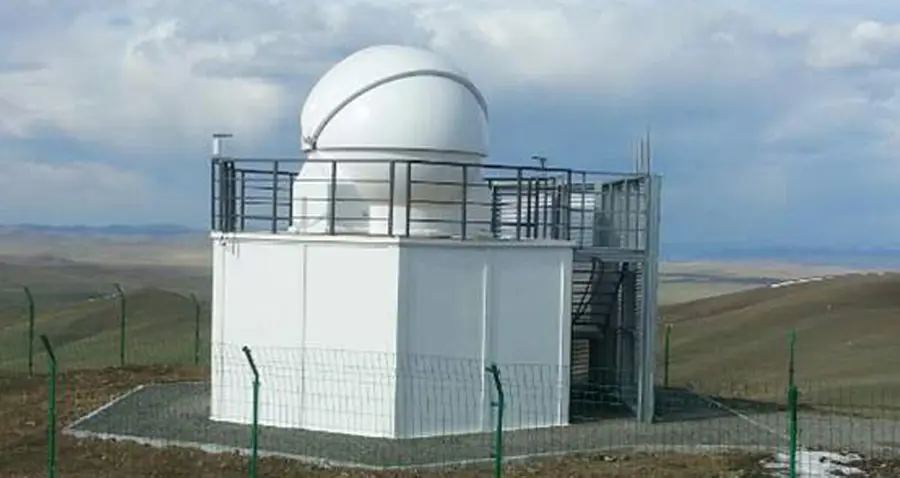

Placed in remote areas with limited access, the five new telescope sites built by KASI will be protected by lightweight, maintenance-free domes made of Divinycell sandwich core material and manufactured by Deco Composites.
Protecting the country and the Earth
The space around our planet is filled with many natural objects, such as asteroids and comets, as well as manmade objects like satellites and satellite debris. It is estimated that hundreds of thousands space junks larger than 10 centimeters are orbiting Earth. A collision between a satellite and a foreign object could cause enormous damages. An even worse scenario would be an asteroid colliding with Earth. Korea Astronomy and Space Science Institute (KASI) has been conducting research since 1974. Over the past ten years, the institute has successfully developed technology for tracking and monitoring space objects to help guarantee the safety of not only Korea but also the rest of the world.
OWL – a project to monitor space objects
KASI started upon a project to build a network of five small, unattended wide-field telescopes called the Optical Wide-field Patrol Network (OWL). The scientific objective of this project is to make 24-hour uninterrupted monitoring of the night sky accessible in both hemispheres, in five different time zones. The first telescope was successfully installed near Ulaanbaatar in Mongolia followed by two others in Morocco and Kazakhstan. In the second phase of the project, two additional wide-field telescopes will be added. Each OWL telescope is operated in fully robotic manner and controlled by the headquarters in Daejeon, Korea. It is designed for operation in severe weather and equipped with a fully automatic dome for protection.
Built in Divinycell for maximum protection and minimum maintenance
Each observatory dome is built using Diab’s Divinycell H grade sandwich core material and consists of six vacuum-infused parts. It can withstand wind speeds up to 60 m/s and up to 2 meters of snow piling on top of it. And it better, since the telescopes are being placed in very remote areas and need to be practically maintenance-free. The domes are designed and manufactured by Deco Composites in Busan, Korea, a company that also develops and manufactures energy-efficient and eco-friendly modular houses built with composite materials. The housing units weigh only 2.5 tons each and can be delivered practically anywhere by a 5-ton truck.
